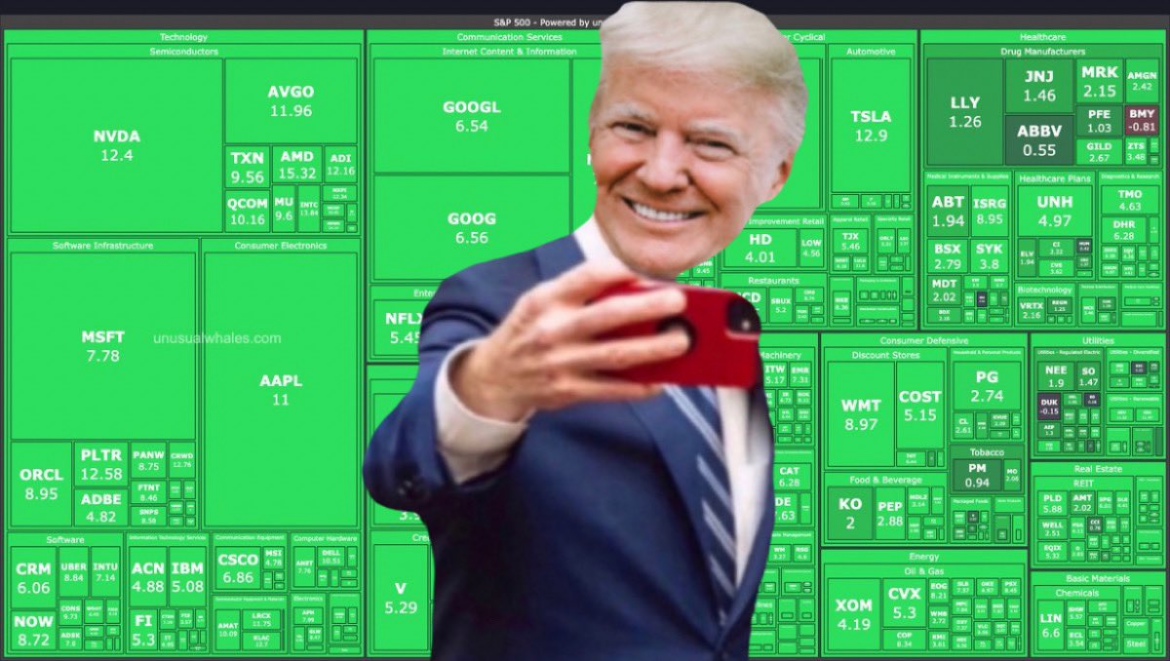President Trump’s Bold Tariff Strategy Shakes Up Global Trade Dynamics
Trump’s Tariff Escalation: A Strategic Move
President Donald J. Trump’s recent move to escalate tariffs against China to 125% marks a bold strategy in the ongoing trade tensions between the United States and China. This decision came shortly after Beijing imposed an 84% tariff on all American imports—a retaliatory action that backfired spectacularly.
China’s Response and WTO Involvement
In retaliation, not only did China increase tariffs, but it also took the dispute to the World Trade Organization (WTO) and targeted specific American companies. This move highlights the ongoing battle for dominance in global trade, where both nations are pushing their agendas aggressively.
Trump’s Negotiating Tactic: The 90-Day Pause
However, in a strategic pivot, President Trump announced a 90-day pause on the heightened tariffs, reducing them to just 10% for countries that chose to negotiate rather than retaliate. This policy extends an olive branch to over 75 nations, demonstrating Trump’s preference for negotiation over conflict. The decision aims to stabilize the market and open up dialogue with nations willing to engage constructively.
Global Market Reactions
The immediate reaction from global markets was overwhelmingly positive. The Dow Jones Industrial Average, S&P 500, and Nasdaq all saw significant surges, with the Nasdaq experiencing its largest one-day rise since January 2001. This market optimism reflects investor confidence in Trump’s handling of trade policies and his ability to navigate through geopolitical tensions.
Analysis from the White House
Treasury Secretary nominee Scott Bessent lauded Trump’s approach, emphasizing the success of the negotiation strategy that encouraged more than 75 countries to come forward. Bessent’s statement underscored the administration’s readiness to engage in discussions with any country seeking fair trade agreements, highlighting a significant shift from confrontation to cooperation.
Future Implications
As the situation develops, the global trade landscape remains highly dynamic. Trump’s aggressive tariff strategy and subsequent pause for negotiations could redefine the U.S.’s relationships with key global players. The outcome of these negotiations will likely have long-term implications for international trade norms and economic diplomacy.
In conclusion, President Trump’s recent actions in the trade arena demonstrate a complex blend of assertiveness and diplomacy. By leveraging tariffs as a negotiation tool, Trump aims to secure more favorable trade conditions for the U.S. while encouraging other nations to engage in constructive dialogue. The coming months will be crucial in determining whether this strategy will lead to sustained economic partnerships or further tensions in global markets.

